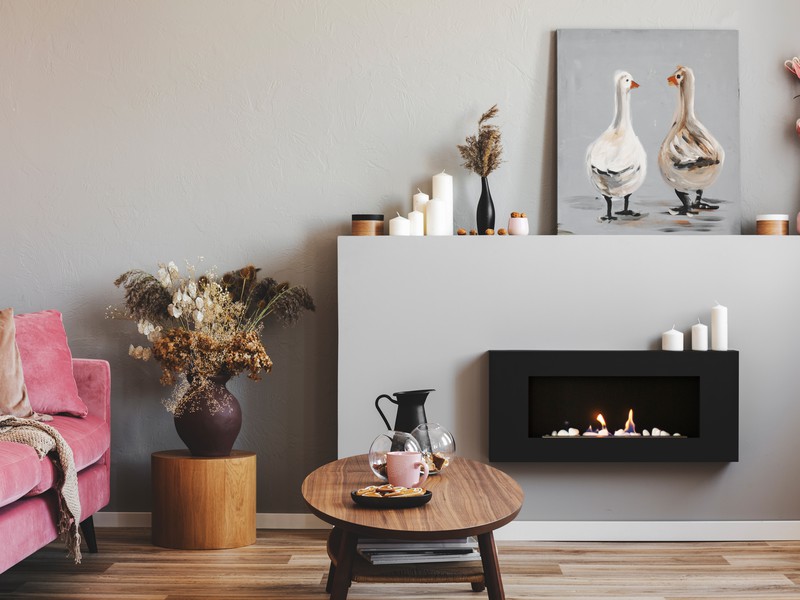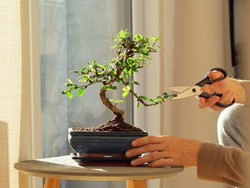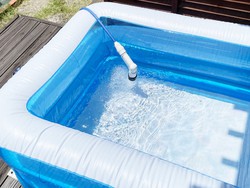Fireplaces, stoves and electric emitters
Achieving thermal comfort and a cozy effect is the main objective of this year. Can you imagine being able to unite warmth with elegance? At Brycus we offer you decorative electric fireplaces, thermal emitters and portable electric stoves, which will help you achieve it.
We present its main characteristics so that you know which one is best for you when buying one for your home.

The feeling of well-being of decorative electric fireplaces
Decorative fireplaces represent a plausible solution for those homes where the cozy effect represented by the warmth of their flames is appreciated. The difference with the rest of the fireplaces is that the flame effect is generated by means of a simulated fire that is very realistic.
Although they were initially designed as a decoration accessory, at Brycus we offer those that also integrate a heating system.
Electric decorative fireplaces can be embedded in the wall, include a panoramic effect or be installed in an independent structure, simulating a conventional stove. They can include a tank with water to simulate smoke during operation.
From units in MDF wood, cast iron, stainless steel or stone, to plastic, the variety of designs makes them an option within your reach.
Portable electric stoves, the great alternative for comfort
When the objective is to partially heat a room, electric portable heaters represent a great alternative. Thanks to the variety in their style, they are ideal for decorating, although their main function may be to heat the different rooms where they are placed.
Only access to a light socket is required. These incorporate legs that facilitate their transfer and maintain their stability, so any closed room can be heated in a simple and uncomplicated way.
The electric thermal emitters for the home
Thermal emitters are the well-known electric radiators that have been conventionally used to heat rooms in the home. Depending on the method used to achieve heat transfer, there are three main types:
- 1. Dry thermal emitters: They use aluminum resistors with fins to maximize heat transfer to the surrounding medium, which is carried out mainly by convection. Cold air warms and rises, displacing cold air in nearby areas. This movement produces a current of air that heats the room by convection. Aluminum heats up very quickly, but is inefficient at holding heat.
- 2. Fluid Heat Emitters: Include a liquid that is heated and circulated to distribute heat evenly and quickly. As the surface heats up, it transfers the heat to the medium by radiation. Although they take a little longer to heat up, they have better inertia to retain heat compared to dry radiators.
- 3. Ceramic thermal emitters: They are systems that show excellent heat conductivity and have the best thermal inertia, compared to other types of electric radiators. They are made of a solid body of ceramic material, which maintains the heat generated in a stable manner over time, preventing it from dissipating and cooling quickly.
What type of electric heat emitter do I need?
When choosing a thermal emitter, take into account the area of the room to be heated, the power of the equipment and the time required to maintain its operation. Aluminum equipment is ideal when you need to heat the room very quickly and maintain operation for short periods of time.
When the operation is less than eight hours, it is advisable to use a fluid radiator. If it exceeds this time, a ceramic radiator is recommended. Modern emitters have a thermostat that can be adjusted to turn the device on or off and programmers to select the ideal temperature.





Our customers trust us
Opinions of our clients
Receive our news